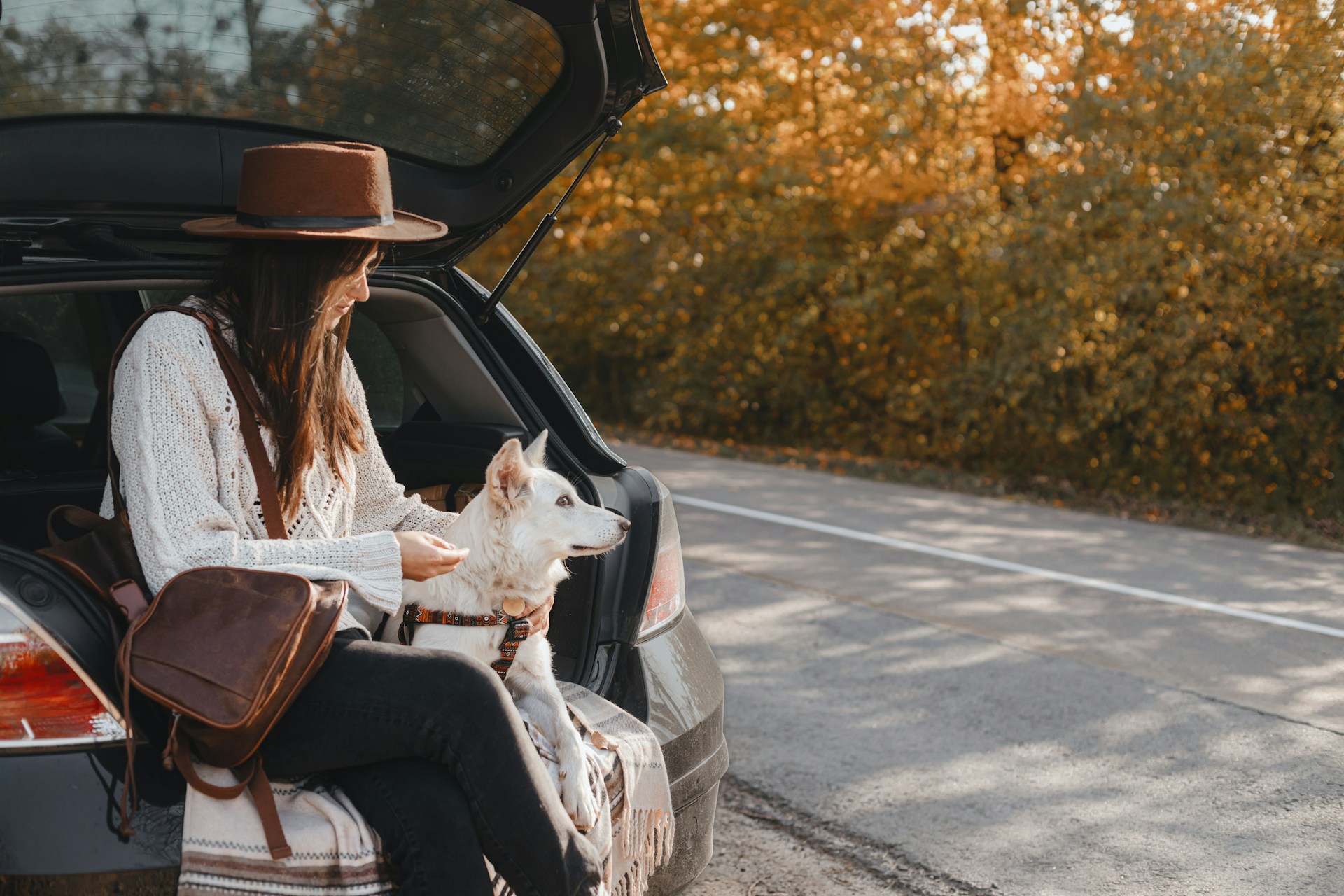A Dog Owners Guide to Moving
Moving to a new home is a significant event, and it can be especially challenging for our canine companions. Dogs, with their keen senses and strong attachment to their environment, can experience stress and anxiety during a move.
However, with careful planning and an understanding approach, you can create a smooth transition for your furry friends. Here’s a comprehensive guide to help you and your dog navigate the moving process.
Pre-Move Preparations
Visit the Veterinarian
- Schedule a check-up for your dog a few weeks before the move. Ensure vaccinations are up to date and request copies of medical records. If your dog is prone to anxiety, discuss potential calming options with your vet.
Update Identification
- Ensure your dog’s ID tags and microchip information are updated with your new address. This ID is crucial in case your dog gets lost during the move or in the new neighborhood.
Familiarize with Moving Supplies
- Introduce your dog to moving supplies like boxes and packing materials early on. This helps them become accustomed to the changes happening around them and reduces anxiety.
Plan the Moving Day Logistics
- Determine how you will transport your dog on moving day. Whether you’re driving or flying, make arrangements in advance. If traveling by car, ensure your dog is comfortable with car rides. Look into dog transportation to find a safe and secure company to help your move.
Packing and Organizing
Create a Pet-Safe Zone
- While packing, designate a quiet, pet-safe area where your dog can stay away from the commotion. Fill this space with their bed, toys, food, and water to create a comforting and familiar environment.
Maintain Routine
- Stick to your dog’s regular feeding, walking, and play schedules as much as possible. Maintaining their routine provides a sense of stability amidst the changes.
Pack an Essentials Bag
- Prepare a separate bag with your dog’s essentials, including food, water, bowls, medications, toys, bedding, and grooming supplies. Having these items easily accessible means you can quickly tend to your dog’s needs during the move.
Moving Day
Minimize Stress
- On moving day, keep your dog in a quiet room or at a trusted friend’s or family member’s house to avoid the chaos. This prevents them from getting anxious or attempting to escape during the hustle and bustle.
Safe Transport
- Ensure your dog travels safely. If driving, use a well-ventilated crate or a secured harness. Take regular breaks to allow your dog to stretch, hydrate, and relieve themselves. Never leave your dog unattended in the car, especially in extreme temperatures.
Comfort Items
- Bring along their favorite items such as their blanket, toys, or a piece of clothing with your scent. These comfort items can help reduce anxiety and provide a sense of security during the journey.
Building New Routines
Establish New Patterns
- Help your dog settle in by establishing new, positive routines in your new home. This could include exploring nearby parks, meeting new neighbors, or setting up a dedicated play area.
Socialization
- Gradually introduce your dog to new people and pets in the neighborhood. Positive social interactions can help reduce anxiety and make your dog feel more comfortable in their new surroundings.
Patience and Consistency
- Understand that it may take some time for your dog to fully adjust to the new home. Be consistent with training and routines, and provide plenty of positive reinforcement to encourage good behavior.
Moving with a dog requires careful preparation and consideration to ensure their well-being. By taking steps to minimize stress, maintain routines, and provide a safe and comforting environment, you can help your furry friend adjust to their new home. With patience, care, and love, your dog will soon settle in and embrace their new surroundings, making the move a positive experience for both of you.

